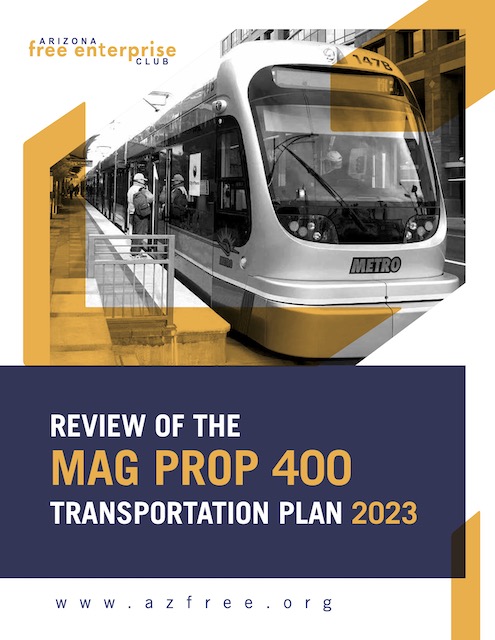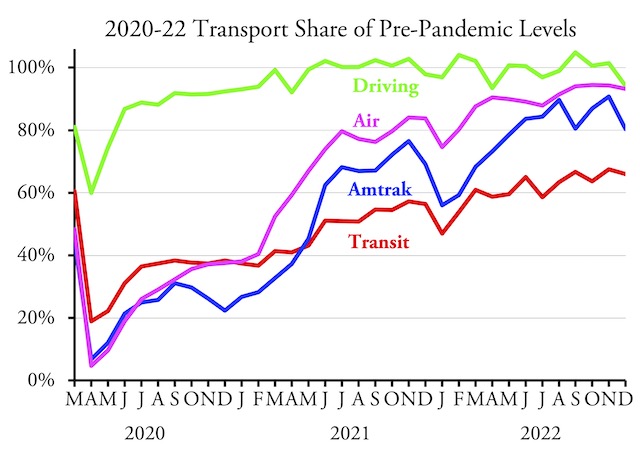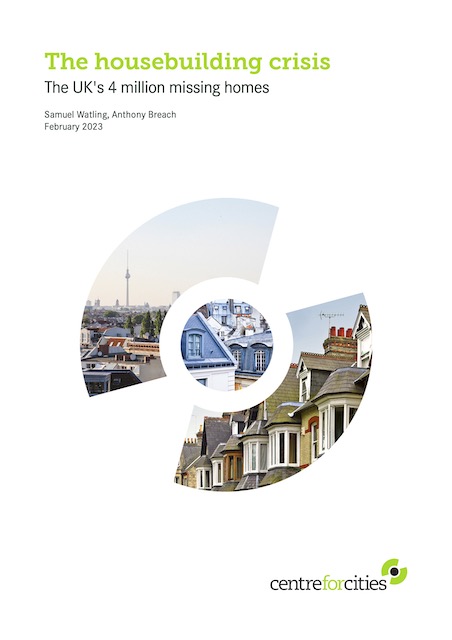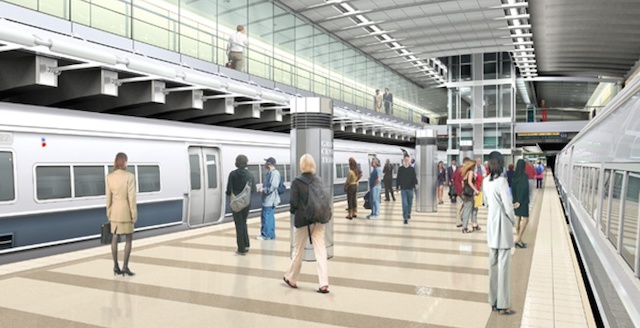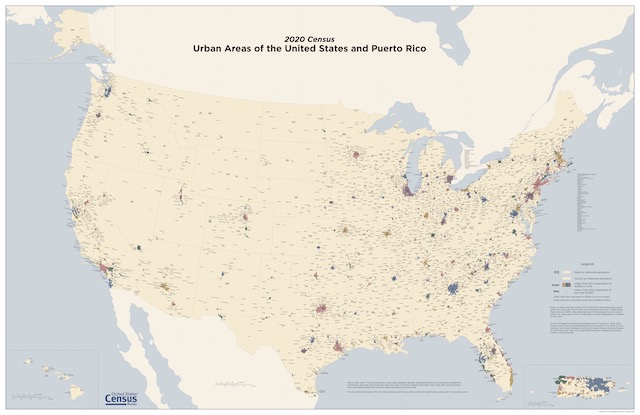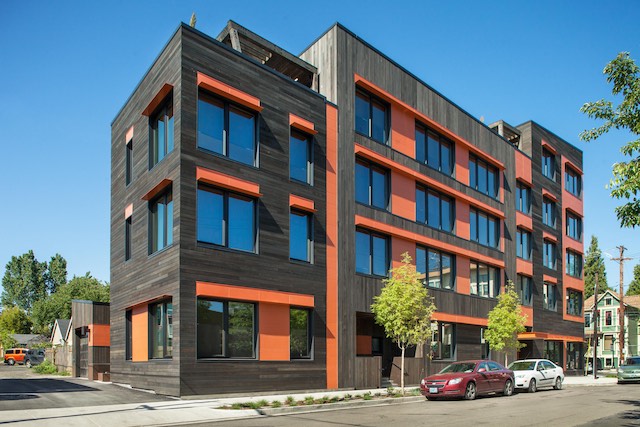The Niskanen Center is supposed to be a free-market group. It is named after Bill Niskanen, who was Ronald Reagan’s chief economic advisor until he got fired because he was too free-market oriented for Reagan. His research on how bureaucracies work influenced me when I was working on Forest Service planning in the 1980s, long before I met him in person. After I went to work at Cato (where he was chairman of the board), I learned his father had run Pacific Trailways out of Bend Oregon, and I enjoyed visiting with him about the history of transportation.
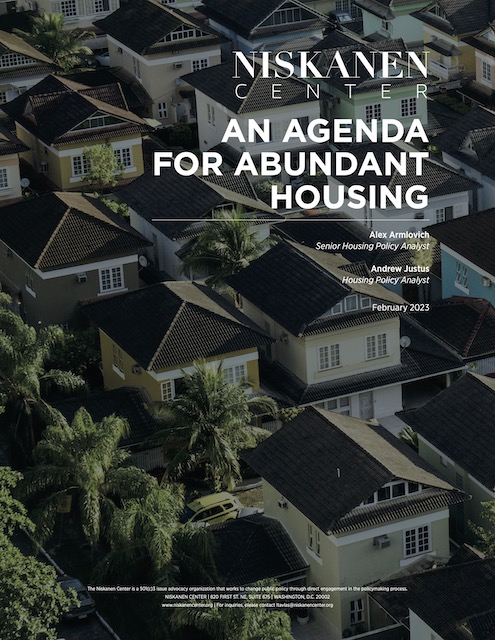 Click image to download a 4.2-MB PDF of this 22-page report.
Click image to download a 4.2-MB PDF of this 22-page report.
After Niskanen passed away in 2011, Cato Institute senior fellow Jerry Taylor, who I remember as being so laser focused on free markets that we had many arguments over the whether it was better to be a pure libertarian vs. a pragmatic one, started the Niskanen Center to bring market tools to environmental issues. Continue reading

